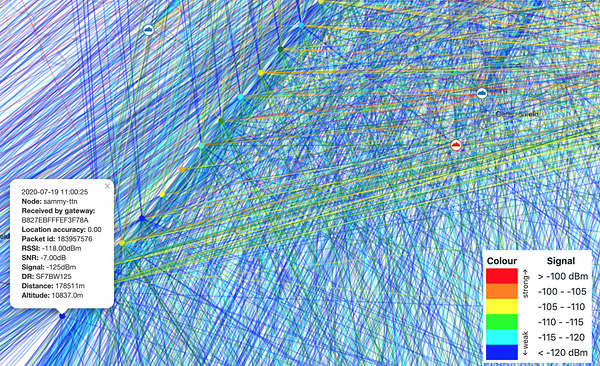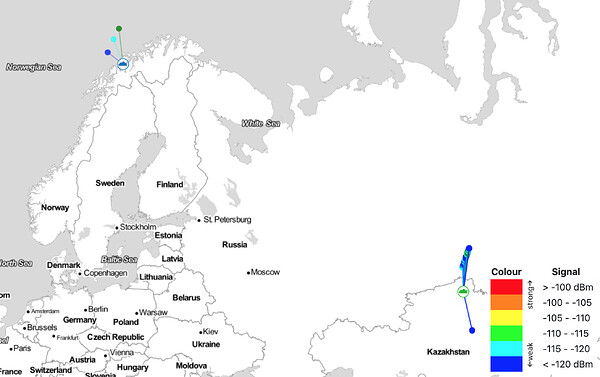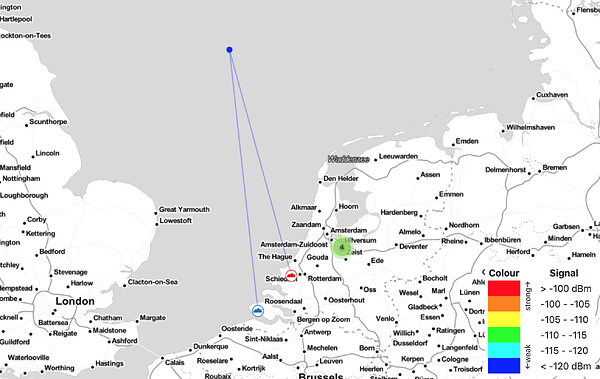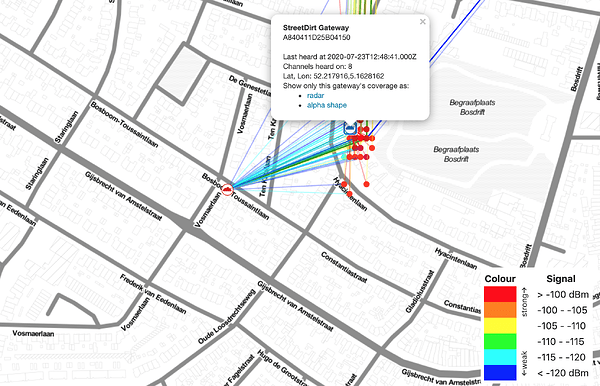@jpmeijers, it seems the device is sammy-ttn.
I figured maybe looking at different dates for that device from the all-time map may reveal something.
![]() Wild guesses ahead!
Wild guesses ahead!
-
All-time: TTN Coverage
-
After messing up: TTN Coverage
-
Before messing up: TTN Coverage
-
Zooming in…
So, given this gateway, maybe @StreetDirt?
Yeah… ![]()
Interested in all things QRP, LoRa, Arduino, high altitude balloons, trackers, building electronic stuff and programming things.
I’m sure @jpmeijers can fix this. ![]()



